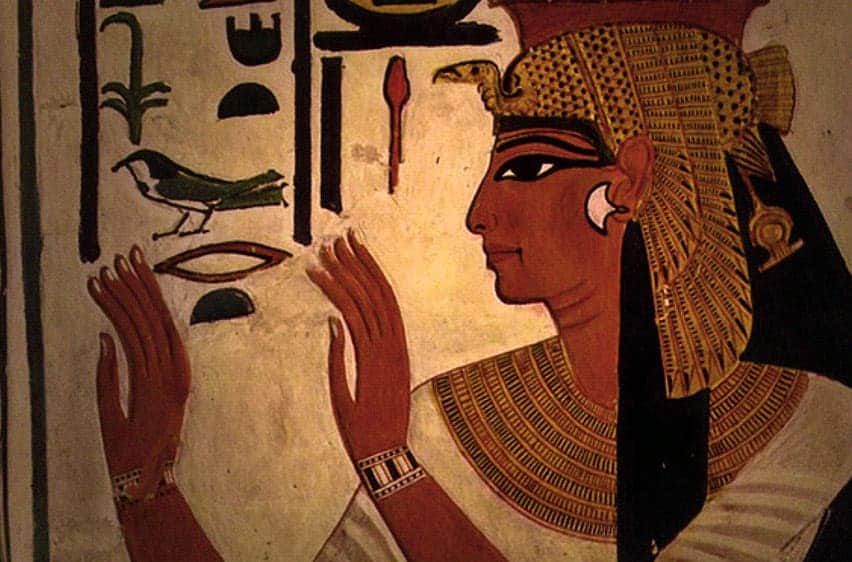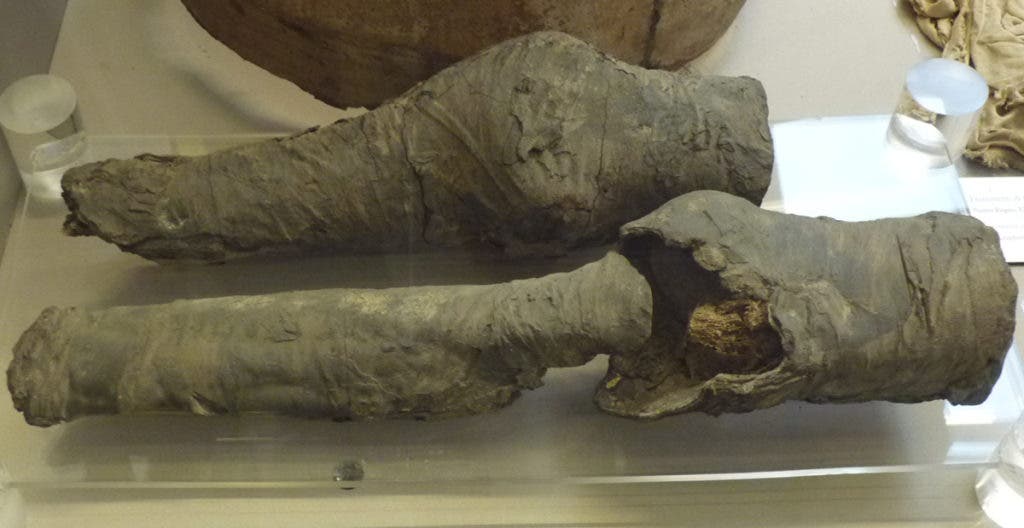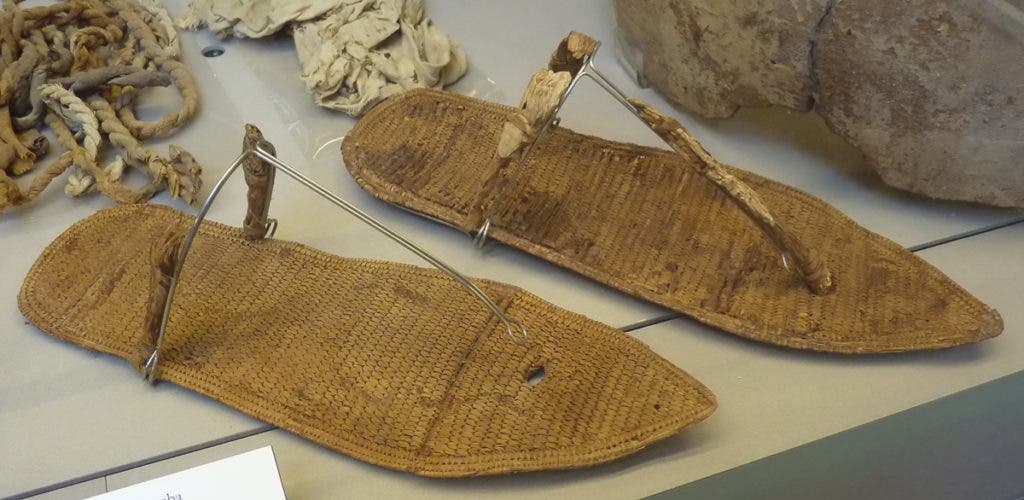
Scientists used radiocarbon analysis on a pair of mummified knees and established these likely belonged to the beautiful spouse of Pharoah Ramses II. The woman, known as Nefertari, was buried in a lavish tomb in Egypt’s Valley of the Queens during the 19th Dynasty, around 1250 B.C.E.
A forgotten beauty
Legend has it Nefertari Merytmut (meaning The Beautiful Companion, Beloved of Mut) used to be one of the most beautiful and powerful queens in ancient Egypt. The first historical mentions of Nefertari appear around the time she was 13 years old and got married to 15-year-old Ramses II, who would go on to be remembered as Ramses the Great. Not much is known about her life prior to her becoming a queen but it’s likely she belonged to a noble family, though not part of the royal family.
Nefertari should not be confused with Nefertiti, another beautiful and powerful Egyptian queen which ruled a century prior.
Though Ramses would go on to rule for 67 years and married seven different queens, fathering forty daughters and forty-five sons, Queen Nefertari would remain his favorite. Ramses’ love for Nefertari would often be celebrated with monuments and poetry dedicated to her honour.
It’s likely Nefertari also had an important political role in the kingdom, although shadowed by the limelight shone on the great king. For instance, early in his reign, Ramses II was at war with the neighboring Hittites. Once peace was made, Nefertari wrote letters to the king and queen of the Hittites. She also sent gifts to the queen, including a gold necklace.
All that remains

After she died, Nefertari’s mummified remains were stored in the largest and most beautiful tomb in the Valley of the Queens. Unceremoniously named QV66, the tomb was plundered many times throughout history before official excavations opened in 1904. The thieves stole many jewels, treasures, and even Nefertari’s sarcophagus which contained her mummy. But the thieves might not have left with all of her.
As was the practice at the time, not all of the queen’s remains were stored in the same sarcophagus. A pair of mummified legs were spared the looting but it was never clear if these belonged to the late queen.
“Having studied the woman, and having looked as so many images of her beautiful face, I think there is a sense of immense irony that physically this is what we have got,” said for The Guardian Joann Fletcher from the University of York, a co-author of the research published in the journal PlosOne. “She has been reduced to knees. But because we don’t give up – it’s like: ‘we have got the knees, well, let’s do what we can with them.’”
The fragments, now housed at the Egyptian Museum in Turin, Italy. Scientists who analyzed the fragments say these belonged to a 40-year-old woman who died around the time of Nefertari’s passing. Chemical analysis of the mummy legs confirmed the materials used to embalm the legs are consistent with 13th century BC mummification traditions.

It’s not uncommon for tombs to be reused and during extreme events like floods, it’s not unheard of mummies washing up in tombs. However, judging from the expertise, care, and quality that went into mummifying the pair of legs, the researchers concluded that the person in question was certainly of high status. Together with the chemical analysis of the fragments and the artifacts retrieved from the tomb where the knees were found, Fletcher and colleagues conclude that these mummy legs likely belonged to Nefertari.
“The evidence we’ve been able to gather about Nefertari’s remains not only complements the research we’ve been doing on the queen and her tomb but really does allow us to add another piece to the jigsaw of what is actually known about Egyptian mummification,” said Fletcher in a statement for the press.






